Osteoarthritis Treatment
Relieving Osteoarthritis Braces in New York City
If you suffer from chronic or unrelenting joint pain, the team at Bio Dynamic Technologies will develop and implement a customized treatment solution to alleviate it. We help patients by tailoring osteoarthritis braces in New York City and throughout the tri-state area. Our offerings include the innovative Unloader One, a brace that promotes healing and is lightweight and comfortable. You can trust us to create a joint or bone support device that brings you peace of mind.
Contact Us
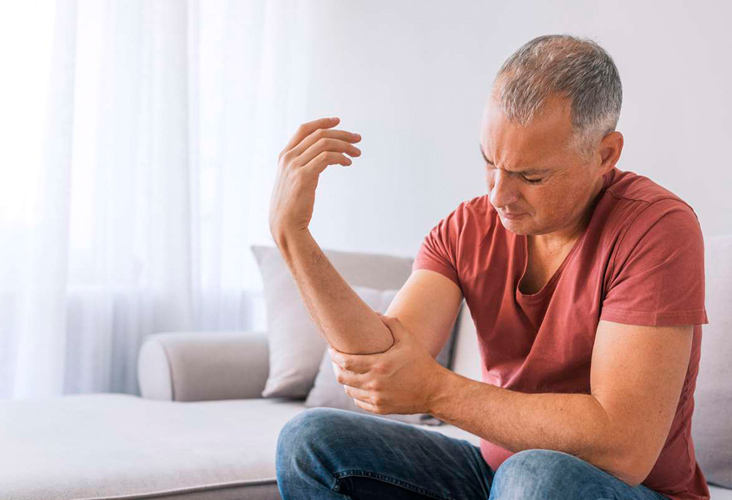
What is Osteoarthritis?
Osteoarthritis (OA) is a degenerative and chronic joint disease that leads to the loss of cartilage in and around the joints. Over time, joints lose fluids, which can cause them to rub against and put pressure on the surrounding area. The friction caused by the rubbing along the bones causes pain and suffering. Symptoms and signs of osteoarthritis include intense pain, discomfort, and swelling around the affected area.
Reach Out
The Primary Causes of Osteoarthritis
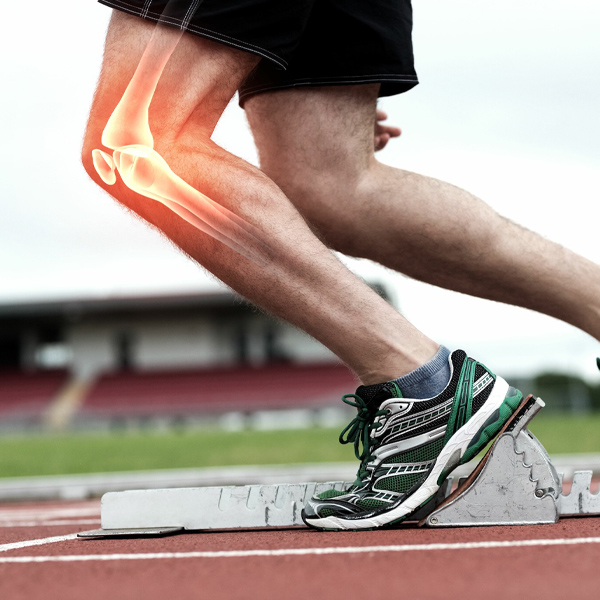
Wear and Tear: The most common cause of osteoarthritis is overusing your joints and wearing them out over time. Moderate activity and exercise are healthy, but overly exhaustive or excessive movement can break down cartilage, weakening the joints, bones, and surrounding bodily structures. If your joints pop, creak, or feel pain, you may want to consult a doctor or physical therapist about getting a brace.
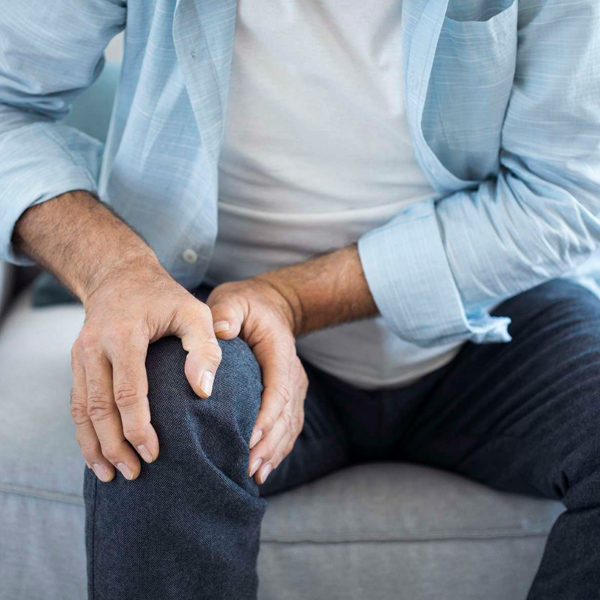
Weight: Weight and body mass can increase pressure and strain on the body, including the joints and bones. We recommend maintaining a healthy body weight to slow cartilage damage and reduce your risk of developing osteoarthritis. Managing your weight is a great way to keep your joints healthy, preserve their integrity, and enable you to move your best.
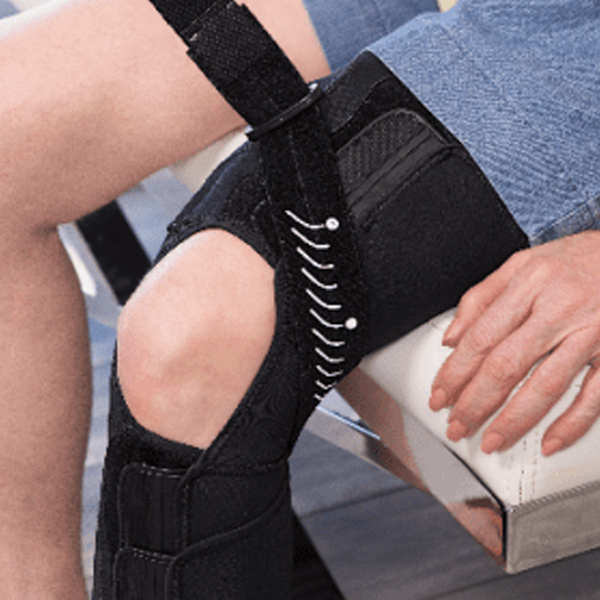
Age: As we age, our joints become weaker and more prone to damage and pain. That's because the body has more difficulty healing and strengthening cartilage. If your joints or bones don't function or feel as good as they used to when you were younger, you should have them assessed by a medical professional to determine if you have osteoarthritis or another joint condition.
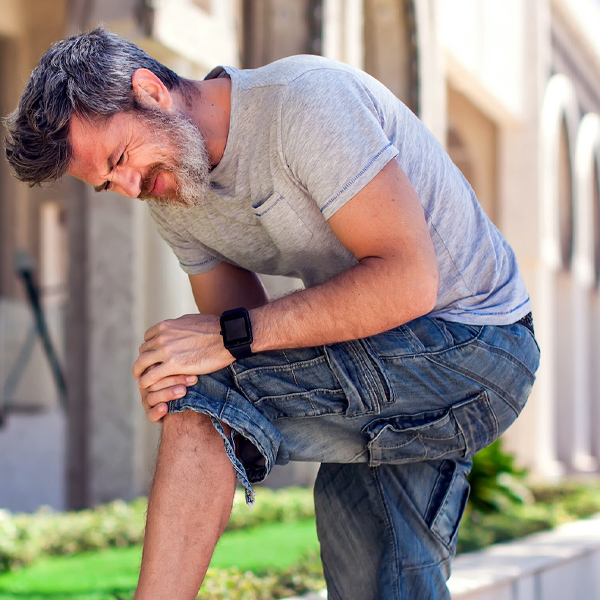
Past Joint Injuries: Injuries to your upper or lower limbs, particularly around your shoulders, elbows, or knees, can have long-lasting adverse effects even after healing. Patients who've torn their ACL are at a much higher risk of developing osteoarthritis as they get older. If you’ve sustained a serious injury, it’s crucial to have it monitored over time to reduce or prevent further mobility complications.
Enhance Your Quality of Life With Us
Bio Dynamic Technologies's cutting-edge osteoarthritic braces boost our patients' mobility and overall quality of life. With improved mobility, you'll be able to walk, run, and perform activities your osteoarthritic condition has made more complicated or impossible. During your consultation, we will carefully assess your joints, their pain level, and your mobility goals, devising a solution that restores your movement and comfort.
Contact Us

DISCOVER THE POTENTIAL OF INNOVATIVE PROSTHETICS
From minor to severe injuries, our team develops advanced devices designed to support recovery and promote overall wellness.
Contact Us
